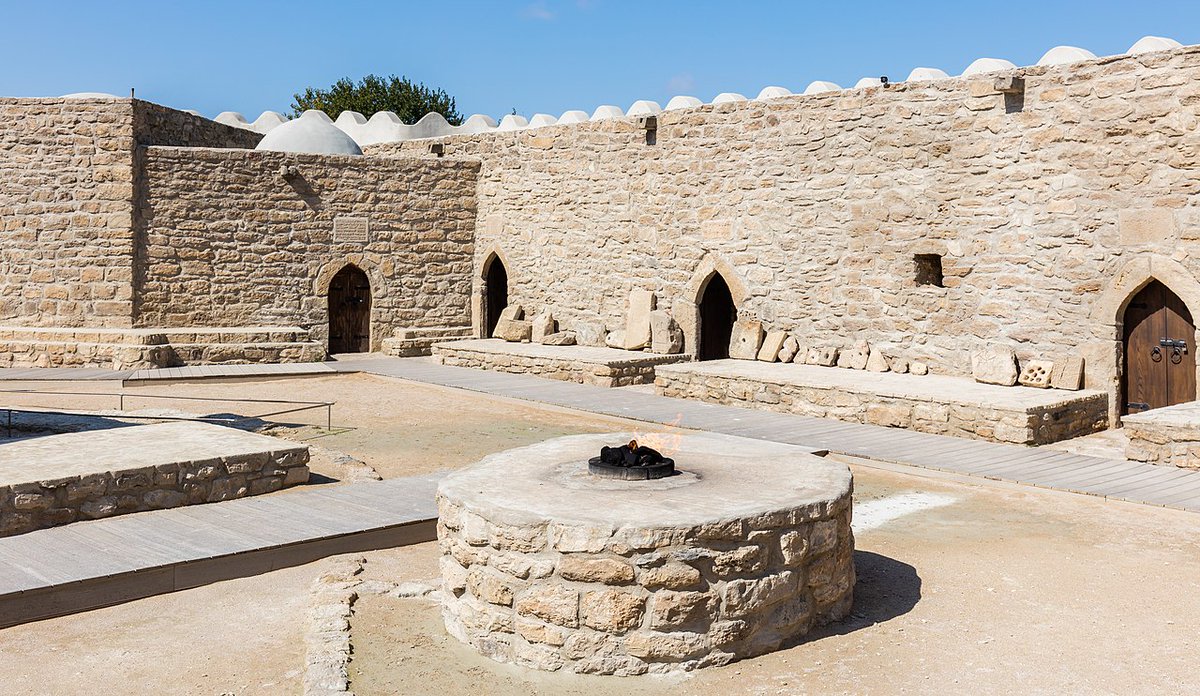
Ateshgah अतिशगाह of Baku called the "Fire Temple of Baku", is a castle-like Hindu temple in Surakhany town in Baku, Azerbaijan. It's flames are burning for a millenium from natural gas. It was built in 17th century
1/9
1/9

An inscription from the Baku Atashgah. The first line begins: I salute Lord Ganesha (श्री गणेशाय नमः) venerating Hindu God Ganesha, the second venerates the holy fire (जवालाजी, Jwala Ji) and dates the inscription to Samvat 1802 (संवत १८०२, or 1745-46 CE).
2/9
2/9

en.m.wikipedia.org/wiki/Ateshgah_…
8/9



8/9
https://twitter.com/SridharSubbara3/status/1621934046291820545




• • •
Missing some Tweet in this thread? You can try to
force a refresh





































